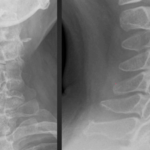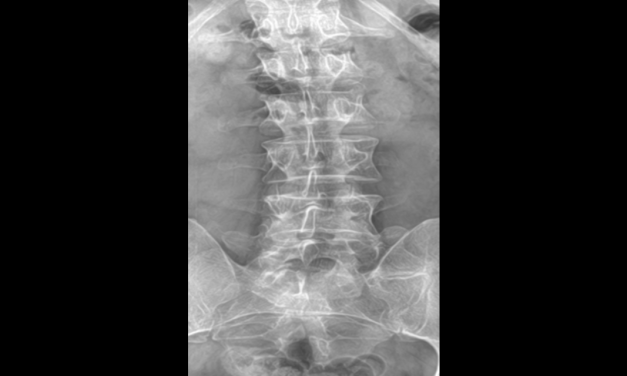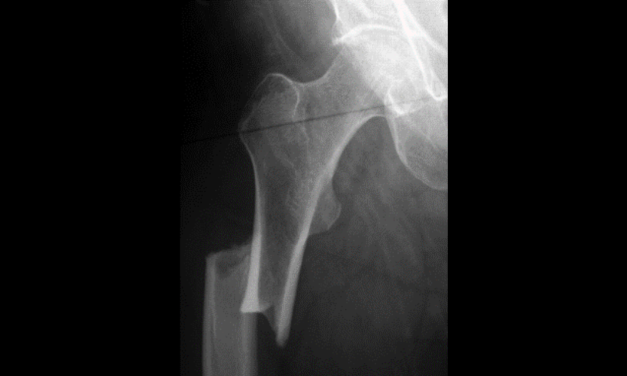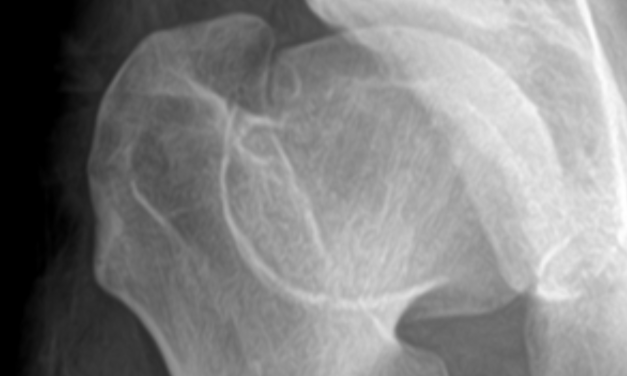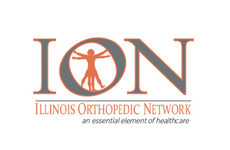
Diagnosis of Sacroiliac Joint (SIJ) Pain
Chiropractic Physicians are the answer to the rising cost in back pain care. In the past several issues, I have attempted to present data that helps confirm this proposition. One of the many reasons we are the answer is our ability to use our diagnostic skills and perform a thorough examination to make an accurate diagnosis based on the information obtained. If we need advanced imaging, we can order it, but the vast majority of the time we can accurately diagnose without the need for costly tests by using clinical guidelines.
Read More



